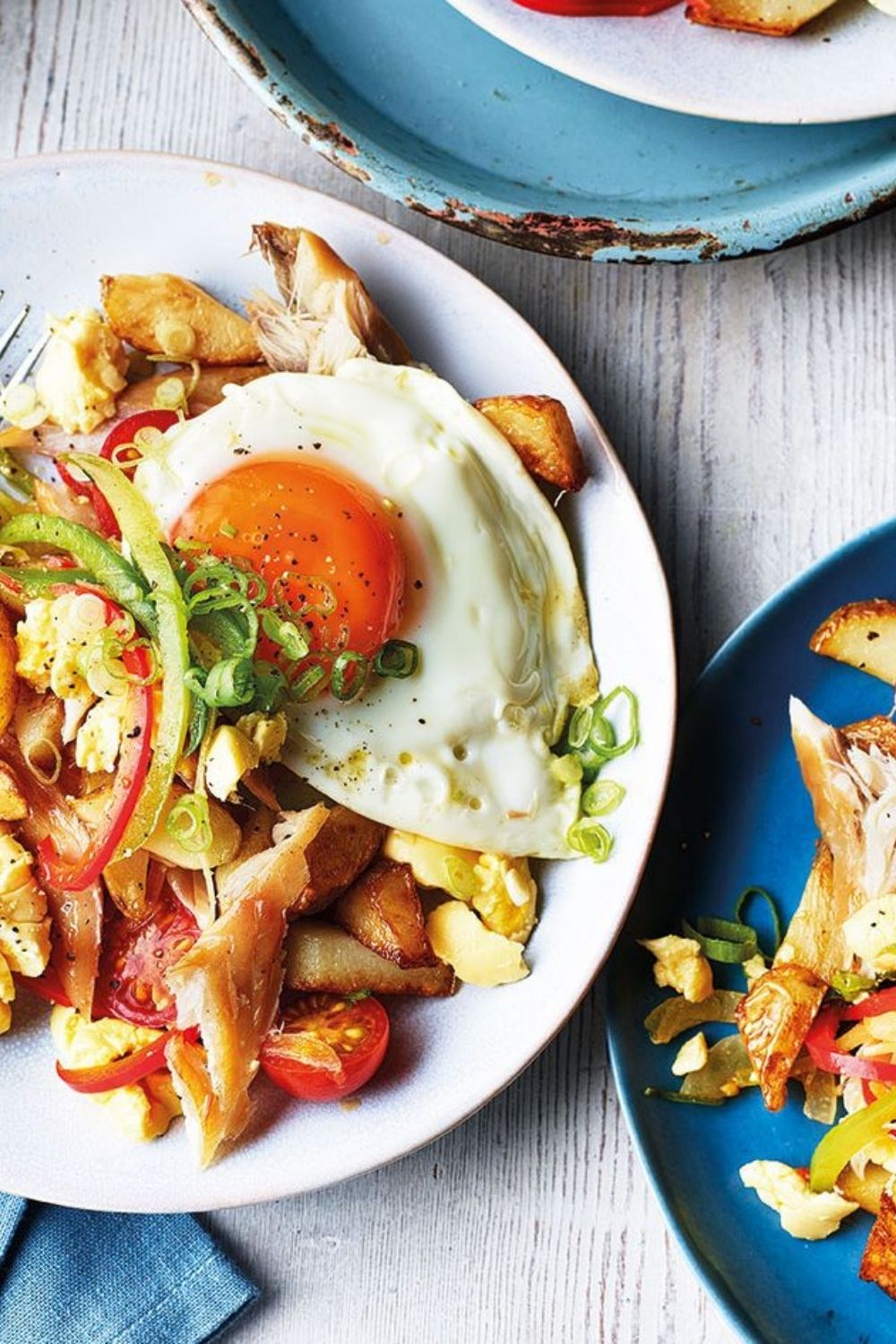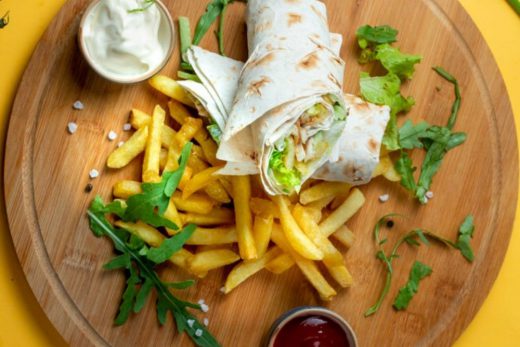To arrive at the unapologetic, bold flavor of Jamaican cuisine, you’ve got to inconvenience a fair number of plants, unscrew a Macy’s parade of bottle caps, and, generally, own the hell out of the apron-mantle of mad scientist. You’ve also got to dispense with the idea that you season just at the beginning or end of the cooking process: Jamaican cuisine is the art of seasoning as you go.
This hot, fragrant chile with its waxy, crumpled skin and yellow, orange, or bright red coloring, measures around 1.5 inches in diameter and clocks in on the Scoville heat scale at about 445,000 SHUs (which means it’s hot; a jalapeño measures 2,500-8,000 on the scale).
It is most famous for its starring role in jerk sauce and escovitch (a chutney-like sauce of pickled carrots, Scotch bonnets, and onions), but also shows up as a key flavor component in the omnipresent rice and peas, Jamaican beef patty (meat pie), and mannish water (goat head soup), to name but a few. Contrary to what most online recipe writers and cookbook authors say, the habanero is not the best substitute; that would be dried ghost chiles, which are hotter but convey a similar fruity note to the Scotch bonnet.





